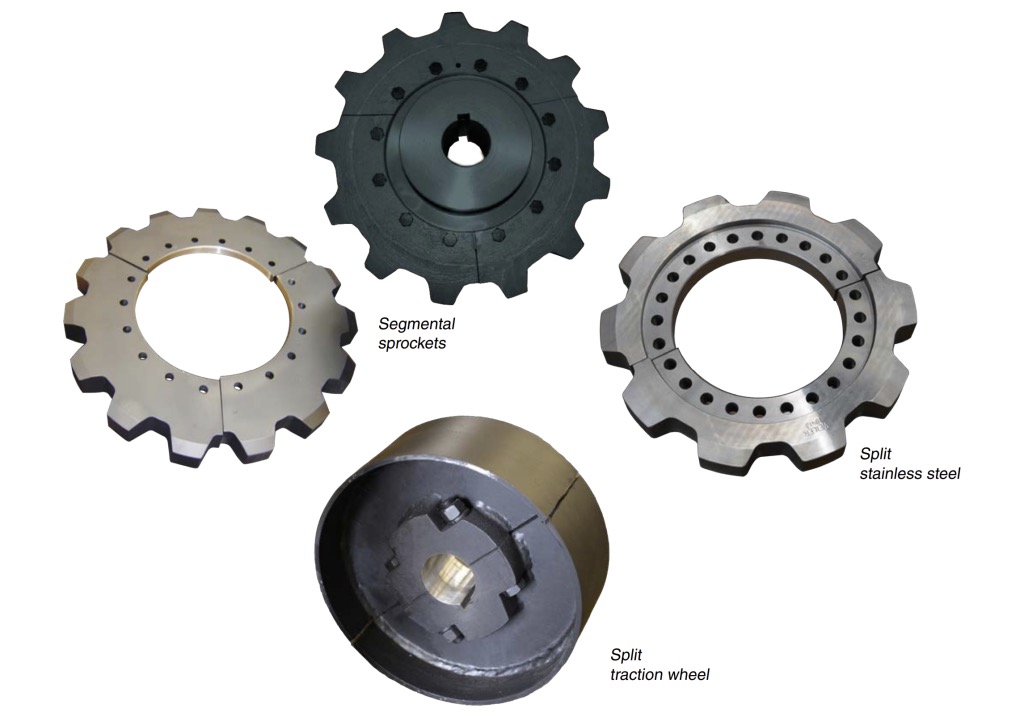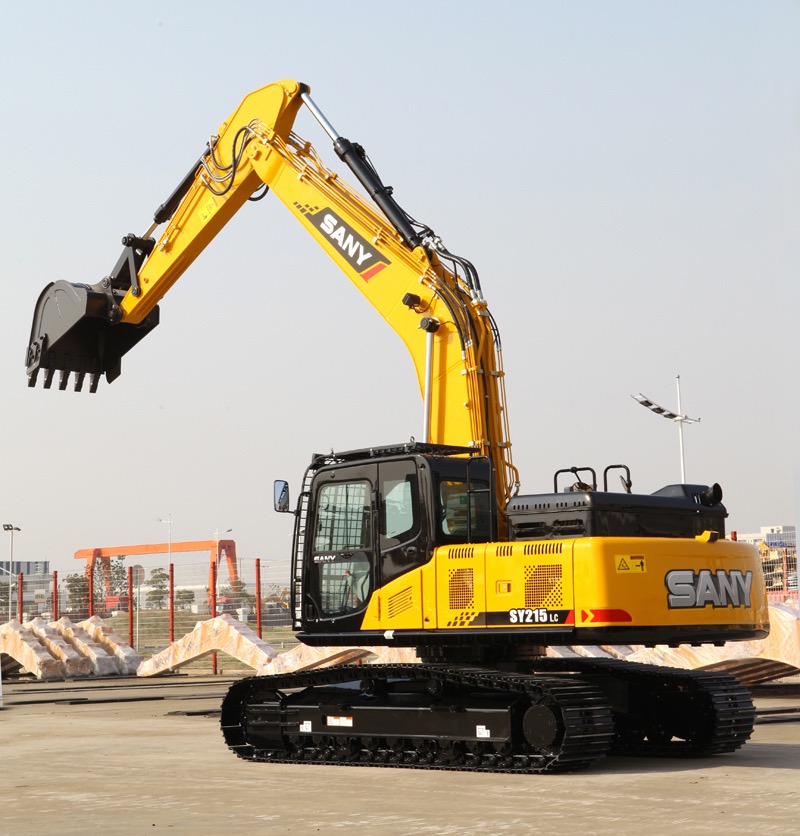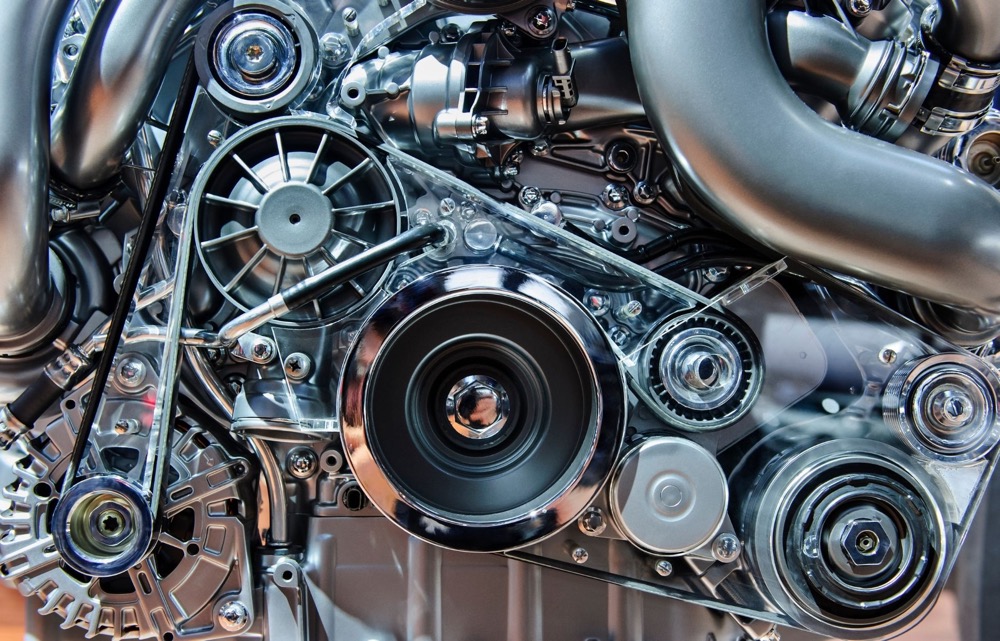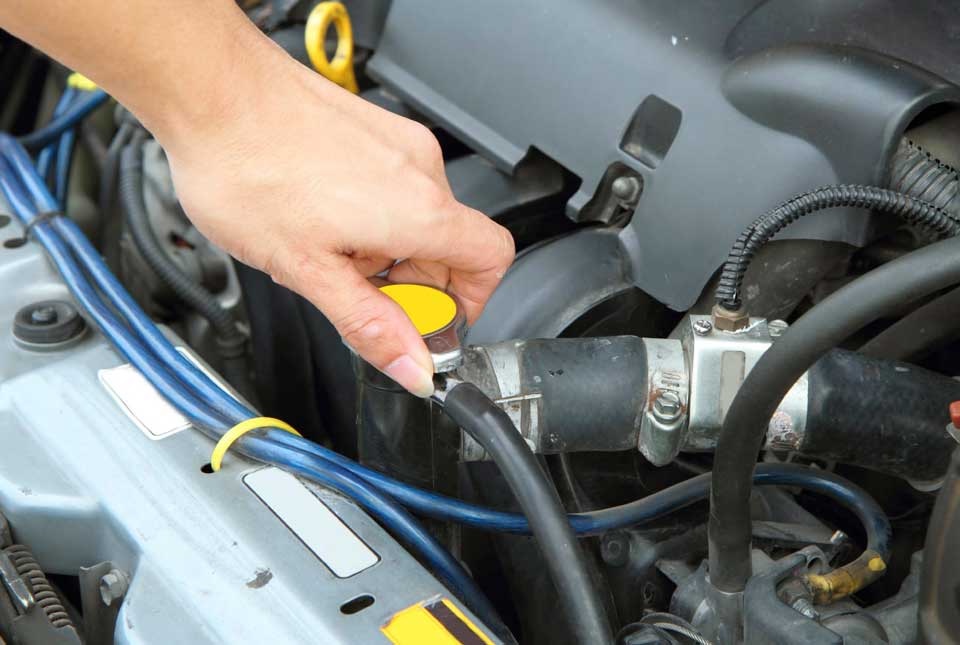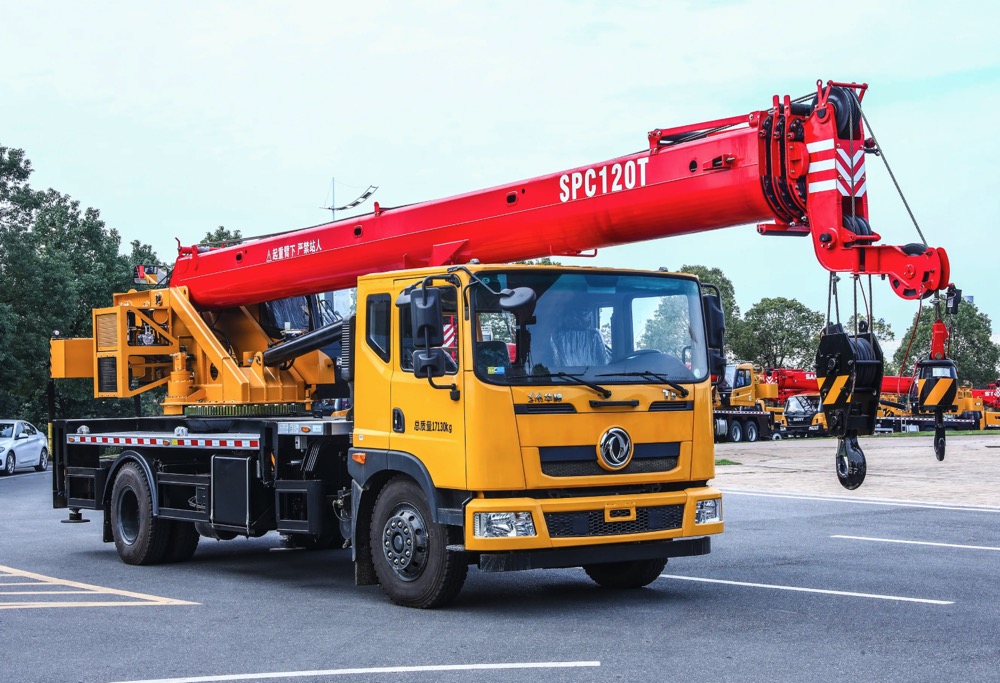
Summary:
Understanding the lifespan of heavy machinery is vital for maximizing ROI in India’s construction industry. This blog explores how proper care extends the life of excavation machines like excavator machines, mini excavators, and crawler excavators. With rising excavator prices in India and Mini Excavator prices in India, timely maintenance and skilled operation are key to durability and performance.
Introduction
The construction and mining industry is continuously growing in India and has huge prospects in the future. This is a huge industry and includes the use of heavy machinery. Construction projects are taking place in every corner of the country, from roadways connecting remote places to urban skyscrapers. Heavy machinery and construction equipment are the silent champions behind this huge infrastructure. These heavy machines largely contribute to building a nation’s future. Unlike any machinery, these machines also have a lifespan. In this blog, we will discuss the average life span of the machinery, the factors determining the life span, and how a company can utilize the machine so that it gives optimal performance with less investment.
Types of Heavy Machinery and Construction Equipment in India
- Excavators: Excavators are used for multiple purposes. They come in different sizes, from mini, small, medium, large, extra-large, and long reach. They are used for digging, trenching, lifting heavy materials, and clearing grounds.
- Bulldozers: This machine is used to push large quantities of soil, sand, and other materials. They are particularly used to clear and level land and get it ready for new construction.
- Backhoe loaders: This machine is a combination of a loader and an excavator. It is used for digging, trenching, and lifting heavy materials.
- Skid Steer Loaders: These are compact machines usually preferable for tight and smaller spaces. They are used for digging, grading, and lifting purposes. They are useful in urban landscapes for their versatility and maneuverability.
- Cranes: Cranes are used to move heavy materials or equipment around construction sites. They are of three types: tower cranes, mobile cranes, and crawler cranes.
- Forklifts: Forklifts are used to lift and move materials like pallets, construction materials, heavy loads, etc., over short distances.
- Asphalt Pavers: These machines are used to lay asphalt on road surfaces. They ensure smooth and even surfaces that help to maintain the durability of roads.
- Rollers: Road rollers are used to compact soil, sand, or asphalt in road construction. They apply pressure, creating a solid and stable foundation for roads and other construction projects.
- Graders: They are used to level ground and are ideally used in leveling roads and pavements where precision is required.
- Dump Trucks: Dump trucks are used to transport large quantities of materials such as soil, sand, gravel, and construction debris from one place to another. They have a hydraulically operated bed, which helps to unload materials quickly.
Average Lifespan of Heavy Machinery and Construction Equipments
The average lifespan of this heavy machinery depends on various factors such as operating hours, weather conditions, maintenance practices, and how frequently it is used. Here are the estimates of the average lifespan of the equipment:
| Equipment Type | Average Lifespan (in Hours) | Equivalent Years |
| Excavators | 10,000 – 15,000 hours | 10-15 years |
| Bulldozers | 10,000 – 12,000 hours | 10-12 years |
| Backhoe Loaders | 6,000 – 8,000 hours | 8-10 years |
| Skid Steer Loaders | 5,000 – 8,000 hours | 10-12 years |
| Cranes | 15,000 – 20,000 hours | 15-20 years |
| Forklifts | 8,000 – 10,000 hours | 8-10 years |
| Asphalt Pavers | 7,000 – 8,000 hours | 15-20 years |
| Road Rollers | 8,000 – 12,000 hours | 10-15 years |
| Motor Graders | 12,000 – 15,000 hours | 12-15 years |
| Dump Trucks | 8,000 – 10,000 hours | 8-10 years |
Factors Affecting the Lifespan of Heavy Machinery and Construction Equipment
The lifespan of construction equipment is influenced by a variety of factors. Here’s a closer look at some of the key elements:
- User Intensity: These heavy machines are high in demand and generally used for large-scale excavation and mining operations, so the workload is high, which puts strain on the machine. Extensive load on the machine or overextended hours of operation lead to the machine wearing out faster. The machine should be given some pause and used. When the machine is not in use, it should be stored properly so it can have a longer life.
- Maintenance Practices: These types of machines go through heavy wear and tear, so timely maintenance should be done. Proper and regular maintenance is the key factor for ensuring the longevity of the machine. Negligence in maintenance can lead to machine engine failure, damaged parts, and increased downtime. Continuing these problems eventually shortens the life of a machine. After the operation, proper cleaning is necessary, and regular monitoring of the undercarriages, attachments, parts, oil, and other parts should be done. Timely replacement of the worn-out parts is an absolute necessity.
- Operating Conditions: In India, the geography is as diverse as the climate. Machines working in hilly regions and muddy terrain tend to wear out faster compared to plain lands. So, extra care should be given to these places. Additionally, extreme heat in places like Rajasthan, cold areas like Jammu and Kashmir, and humid regions like Kerala contribute to faster degradation of the machine. In these regions, the machine tends to break down often. So proper care should be given.
- Quality of Equipment: The brand plays a crucial role in ensuring the longevity of the machine. Renowned brands like Volvo, Tata Hitachi, JCB, Sany, etc. use high-quality materials while manufacturing and are reliable. This ensures the machine is well-built and durable. These brands use global technology, which ensures optimal performance of the machine. On the other hand, counterfeit machines or cheap brands can lead to sudden breakdowns and increase downtime as they are poorly built and use low-quality parts.
- Operator skill: This is one of the important factors to ensure the longevity of the machine. Appointing skilled operators can lead to proper handling and safe use of machinery, which leads to the prevention of costly repairs and increased machine lifespan. On the other hand, if you hire unskilled operators, then they can put unnecessary strain on the machine, which can cause damage to the machine.
- Fuel and Lubricant quality: Lubricant is very much required for the engine. Lubricant comes in various ranges and types. Identifying the right lubricant for the machine is a very important job. High-quality fuel and lubricant should be used. Low-quality fuel and lubricants can damage the parts, engine, lock, clog, and overheat. Using good-quality fuel and lubricants extends the life span of the machine on one hand; on the other hand, choosing low-quality fuel and engine oil can do the reverse.
- Frequency of Use: Machines that are frequently in use tend to wear down faster. On the other hand, machines that are not used very often and sit idle for long periods also lead to deterioration. So, machines should be periodically used, and when not in use, they must be stored properly so that they are long-lasting.
Tips to Maximize the Life of Heavy Machinery and Construction Equipment
- Adhere to Regular Maintenance Schedules-—Following the manufacturer’s guidelines for servicing and maintenance can ensure durability. It will detect early problems and provide its remedy so breakdowns do not happen.
- Train operators properly: Operators should be well-trained and certified so that the machine can be carefully handled, avoid operational mistakes, and reduce the probability of damage.
- Replace worn parts Timely: The parts that are worn out should be replaced; otherwise, the adjacent parts will be damaged soon.
- Use genuine spare parts: Always use genuine parts of the brand. Using third-party parts can lead to damage to the machine.
- Proper Storage: Machines, when not in use, must be stored in proper condition, in a covered shed, and protected from dirt or rain. This will prevent the machine from rusting.
- Monitor Performance: Regular monitoring of the machine is equally important. Operators should monitor engine health, fuel consumption, and other potential issues at regular intervals so that problems can be identified before they cause damage.
- Use quality fuels and lubricants: Choosing premium quality fuel and lubricants ensures longevity of the machine and minimizes wear and tear
Conclusion
Heavy machinery forms the backbone of development and infrastructure construction for India’s ever-evolving construction and mining sectors. Even though these machines are irreplaceable, their life spans vary widely according to operational environments, maintenance levels, and the quality of equipment used. The organizations involved in application-specific operations must observe regular maintenance schedules, provide effective operator training, use quality parts and fuel, and ensure proper storage of equipment to ensure the engineers get the best out of the machine and prolong its life. It must help the companies in getting more return on investment along with low downtime and sustained growth of infrastructure building in India.


